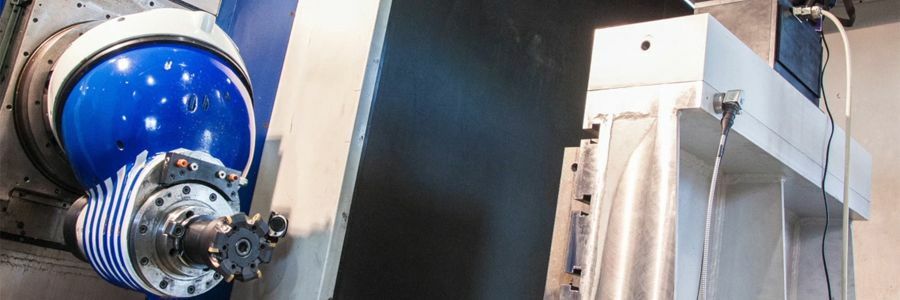Own development model for Integrated Management of Technological Innovation.
Plug and Produce components to Adaptative Control

Las estructuras aeronáuticas presentan formas complejas y paredes de baja flexibilidad que, junto a la baja maquinabilidad de algunas aleaciones como el titanio, dificultan en gran medida el proceso de mecanizado. Esto es un factor crítico, debido al alto valor añadido que presentanpresenta habitualmente este tipo de piezas. En los procesos de fresado, las vibraciones generadas por el chatter plantean un grave problema que obstaculiza el proceso de corte y pone en peligro la calidad de la superficie de la pieza, limitando la vida tanto de la herramienta como de los componentes mecánicos de la máquina. Este efecto auto-excitado se origina por la regeneración del espesor de viruta que surge entre dos pasadas de filo consecutivas de la herramienta. Con el fin de obtener mayores niveles de productividad, se han desarrollado métodos para la predicción de la estabilidad y diferentes estrategias para solucionar los problemas de chatter. Un enfoque consiste en modificar las condiciones de corte del proceso. Utilizando los diagramas de estabilidad como referencia, se pueden definir la velocidad de giro óptima de la herramienta que permita aumentar la capacidad de corte. Otras técnicas que actúan sobre las condiciones del proceso son la variación continua de la velocidad de corte, la variación del ángulo de la hélice de la herramienta o el paso no uniforme de la herramienta.
In order to achieve higher production levels, several methods have been developed that predict stability. There are also different strategies to tackle chatter. One approach is to modify the cutting conditions of the process. Using the stability diagrams as a reference, the optimal rotation speed of the tool can be set to increase the cutting capacity. Other techniques that act on the conditions of the process are the continuous variation of the cutting speed, variation of the helix angle of the tool or an uneven pitch of the tool.
Integrated framework for a cost-effective and ease of Repair, Renovation and Re-use of machine tools within modern factory
New aerospace advanced cost effective materials and rapid manufacturing technologies
High-power Impulse Plasma Process Operations for the Creation of Advanced Metallic Parts
Plug and Produce Components for Optimum Dynamic performance Manufacturing Systems